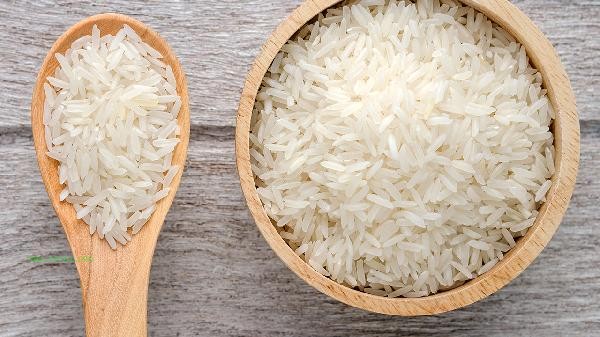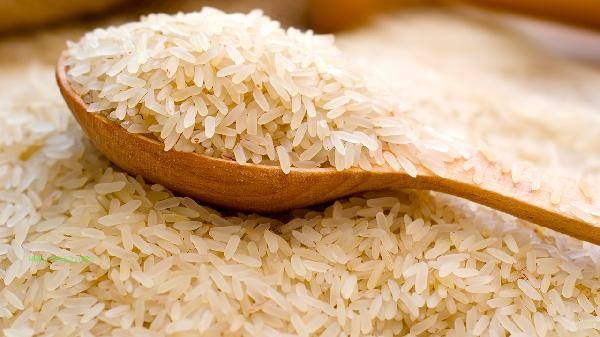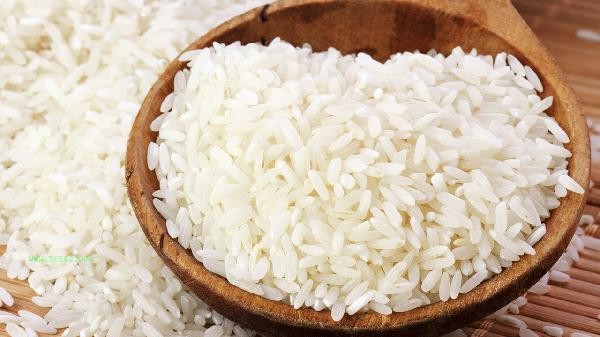The main methods for storing rice include sealing and moisture-proof, low temperature and light avoidance, regular inspection, isolation of odors, and reasonable packaging. Proper storage can prevent mold and insect growth, and extend the shelf life.

1. Sealed and moisture-proof
Use food grade sealed containers or vacuum bags to store rice, isolating air and moisture. A humid environment can easily cause rice to absorb water and mold, and sealing can reduce the impact of humidity. It is recommended to choose a storage container with a silicone seal ring, and the opened rice should be transferred to a sealed environment as soon as possible.
2. Low temperature and light avoidance
Place the rice in a cool and dry place, avoiding direct sunlight and high temperature environments. Temperatures exceeding 20 degrees Celsius will accelerate fat oxidation, causing rice to develop a halal flavor. In summer, it can be stored in the refrigeration layer of the refrigerator, but attention should be paid to sealing to prevent cross contamination.
III. Regular Inspection
Check the condition of the rice every month to observe for clumping, mold, or insect eggs. Any abnormalities found should be dealt with immediately to avoid contaminating other grains. During inspection, a small amount of rice can be rubbed and kneaded. Normal rice should appear as a dry powder, while spoiled rice may have a sticky feeling.

Fourth, isolate odors
Rice should be kept away from strongly scented items such as detergents and spices. The porous surface of grains is prone to absorbing odors, so it is recommended to store them separately on the upper layer of the cabinet. If it has been contaminated with odor, it can be spread out and dried, and activated carbon can be wrapped in gauze for adsorption.
Fifth, reasonable packaging
According to household usage, pack into small portions for storage, reducing the number of opening times. Large packaged rice is prone to spoilage when exposed to air for a long time, and needs to be resealed after each use. It is recommended to use opaque materials such as ceramic jars or brown glass bottles for packaging containers.

When storing rice in daily life, natural insect repellent materials such as Sichuan pepper bags, dried seaweed, or garlic can be added, but they need to be replaced regularly. Avoid using non food grade packaging materials such as newspapers and plastic bags. When purchasing, prioritize vacuum packaging and try to consume within 3 months after opening. If obvious yellowing or moldy taste is found in the rice, it should be immediately stopped from consumption.








Comments (0)
Leave a Comment
No comments yet
Be the first to share your thoughts!